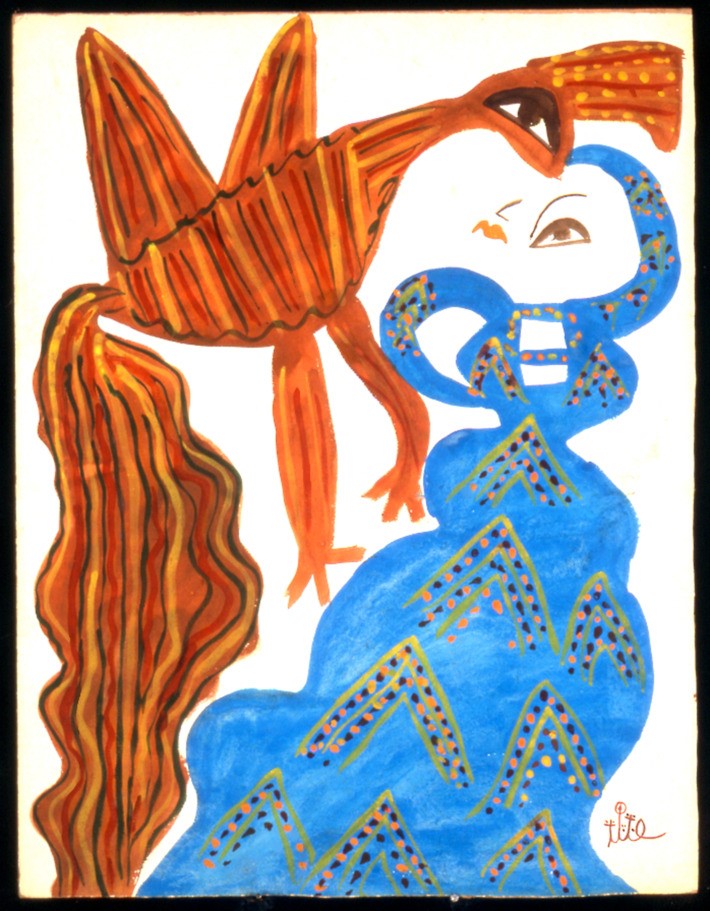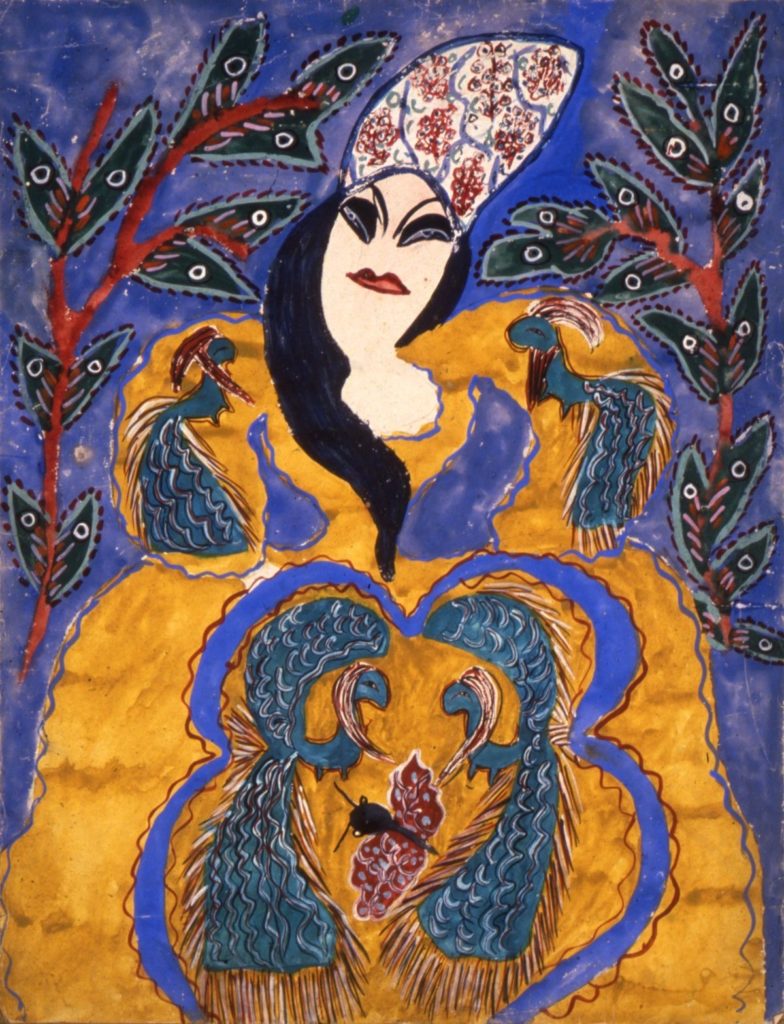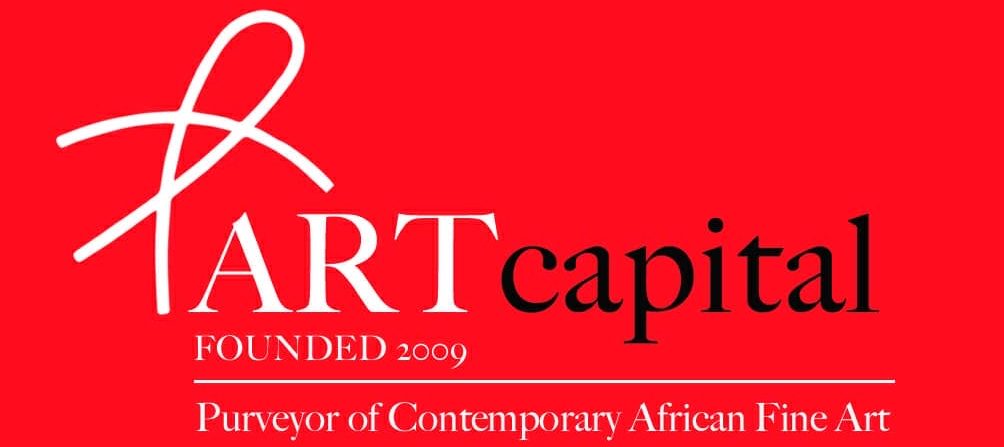BAYA: ANOTHER AFRICAN ANTECEDENT OF PICASSO AND MATISSE
By Nii B. Andrews
Fatma Haddad (1931- 1998) aka Baya, was born in Algiers; she was orphaned when she was five years old.

In her teenage years she was adopted by Marguerite Camina Benhoura, a French intellectual who lived in Algiers and the South of France. Baya’s grandmother was the house help of Benhoura.
Benhoura encouraged Baya to paint and eventually in 1947, Baya’s work was noticed by two art dealers – André Breton and Aimé Maeght.

On account of the artist’s distinct visual language—one that she continued to develop for the remainder of her life as a painter, they placed her work in Exposition Internationale du Surréalisme at Galerie Maeght in Paris.
The Baya pieces had a profound effect on Picasso and Matisse when they encountered them.

The duo were particularly struck by the choice of bright colors and syncopated patterns that vividly portrayed women and mythical creatures.
Baya later on collaborated with both artists to create fascinating ceramics in the celebrated Madoura pottery studio in Vallauris.
Though her work has received scanty international recognition, that is slowly changing.

An uncompromising feminist stance has been pointed out in her work.
Some scholars have opined that Baya’s depiction of the large, uncovered eye—or the “liberated eye,” as some have described it—represents a reversal of the male gaze, a prominent element of Western figurative art in the artist’s time.

Her paintings often focused on the core theme of the “liberated woman”; assertive eyes, hair in flamboyant colors, emphatic makeup, self-assuredness, joy and even ecstacy; totally liberated in their femininity in a patriarchal world.
The painting, “Woman with blue hair in a yellow dress”, is a tour de force of her feminist perspective and it is loaded with potent symbolism.

Since early January 2018, Baya’s work has been exhibited in New York City at the Grey Art Gallery of New York University.
The exhibition titled BAYA: WOMAN OF ALGIERS ends on March 31, 2018.
It is the first North American exhibition of this largely unsung, self-taught, African artist who influenced and collaborated with Picasso and Matisse.
